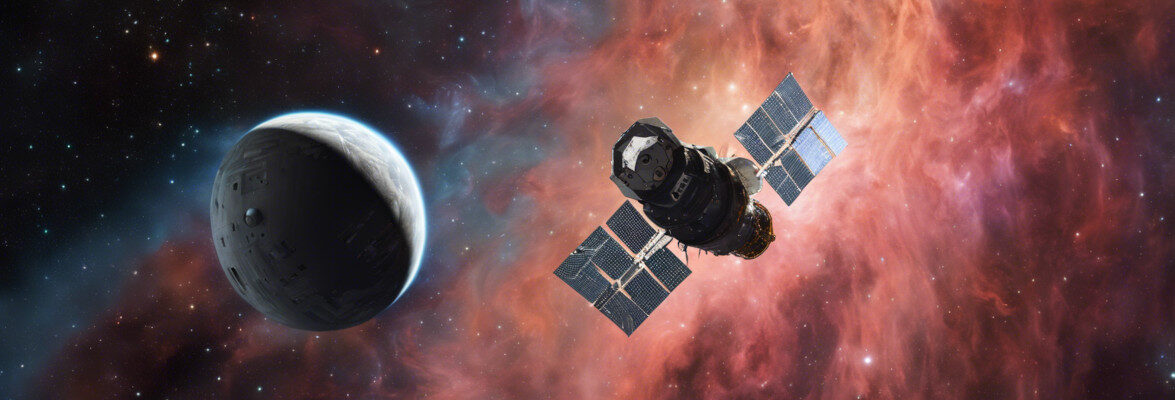
An article published in the journal “Astrophysical Journal” describes the discovery of the brightest galaxy of the universe made using data from NASA’s space telescope WISE. Known as WISE J224607.57-052635.0, it emits light equivalent to that of over 300 trillion suns. It belongs to the ELIRG (Extremely Luminous Infrared Galaxy) class recently identified thanks to WISE.
The galaxy WISE J224607.57-052635.0 and other ELIRG-class ones were found by examining images of the sky taken by the WISE (Wide-field Infrared Survey Explorer) space telescope in 2010. It’s therefore data collected in the first phase of WISE’s activities, before it ended its primary mission and NASA decided to reactivate it in the NEOWISE mission.
It’s normal that the results of the observations are reexamined even after years, in this case using instruments capable of examining the sky at infrared light. This new study found a total of 20 ELIRG-class galaxies that hadn’t been detected before because they’re very far away and the dust turne their strong visible light in an incredible emission of infrared light.
Another study using the WISE space telescope established that about half of the brightest galaxies can be visible only at infrared light. Among these there’s also WISE J224607.57-052635.0, whose extraordinary luminosity could be due to the growth of a supermassive black hole at its center.
It’s normal that galaxies have a supermassive black hole in their core with gas and other materials that are approaching it warming a lot and causing emission of electromagnetic radiation that can be very strong. In the case of the galaxy WISE J224607.57-052635.0, the anomaly lies in the fact that it’s 12.5 billion light from the Earth, so we see it as it was when the universe was young. The astronomers didn’t expect such a massive black hole in a galaxy still young.
It’s possible that the black hole at the center of the galaxy WISE J224607.57-052635.0 was already very massive at its birth. Another possibility is related to what is called the Eddington limit of a black hole feeding. When the gas falls into a black hole, it heats up and emit electromagnetic radiation. That generates a pressure that pushes the gas away, limiting the black hole’s feeding pace.
In the past, cases where black holes violated this limit were already observed. In the case of the one at the center of the galaxy WISE J224607.57-052635.0, the limit may have been violated repeatedly. In that case, the supermassive black hole could have grown very quickly.
The third possibility is based on a different bending of the Eddington limit. If the black hole’s spin is slow enough, it can capture material more quikcly than one that spins faster. That’s because a faster spin causes a greater heating of the gas, therefore a greater emission of electromagnetic radiation and a greater pressure that pushes the gases away from the black hole.
The next step in the research on these strange galaxies will be to try to precisely measure the mass of the black holes at their center. This will allow to better understand their characteristics to solve the mystery of their size and get more information on the evolution of galaxies in general.
[ad name=”eBayUSUKNASA”]

